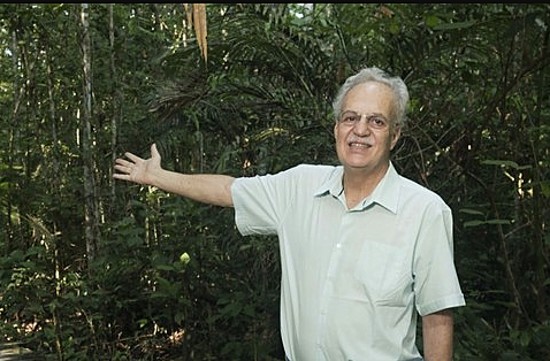Universities and colleges are supposedly the institutions where we push the boundaries of learning and thinking to unravel the mysteries of The Universe and the existence of life and address significant challenges and problems. The scientific method is the convention by which academics formulate hypotheses and then create experiments that serve to prove or disprove theories.
In today’s world, the places to go to gain knowledge after high school are the tens of thousands of universities and colleges around the globe. The Centre for World University Rankings lists 19,788 of these institutions in 2022. That’s a lot of institutions of higher learning. So with all of this brain power, why haven’t we cured cancer, beaten malaria, solved world hunger, and collectively solved global warming just to name a few remaining challenges?
As much as university academics collaborate in doing studies and experiments together, the driving force behind all this higher learning is a competition to attract students, find financial backers, support endowments, and gather the brightest minds or best athletes for bragging rights. Do these activities help to tackle global challenges in the most effective way? No!
The Idea of a Global University
At the recent meeting of the World Economic Forum (WEF) in Davos, Switzerland, a Brazilian professor and climatologist, Carlos Nobre, suggested in a speech that “What the World Needs Now” (sorry to steal your song title, Burt Bacharach, who recently passed away) is a university for all the planet, an institution that he believes should be situated in his home country. He wants to call it the Amazon Institute of Technology (AMIT) and locate it in the heart of “the lungs of the planet,” the Amazon Rainforest. AMIT would be a physical and virtual gathering place for the best and brightest researchers, scientists, educators, policymakers, and social activists from around the world. Its singular focus would be to address climate change from every angle.
Another academic upon hearing this idea likened it to President John F. Kennedy’s speech in September 1962 when he proclaimed that America needed to aspire to a bigger challenge stating,
“I believe that this nation should commit itself to achieving the goal, before this decade is out, of landing a man on the Moon and returning him safely to the Earth.”
He continued.
“We choose to go to Moon in this decade and do the other things, not because they are easy but because they are hard; because that goal will serve to organize and measure the best of our energies and skills, because that challenge is one that we are willing to accept, one we are unwilling to postpone.”
Placing a global university in the heart of the largest remaining rainforest on Earth is a daunting challenge without tackling climate change. It will be hard, not easy as Kennedy proclaimed. It will be powerfully symbolic because saving the Amazon is an important step in the fight to mitigate climate change, a mission we cannot afford to see fail.
Presenting the idea to the attendees of WEF, many of them billionaires, and many political leaders and policymakers, Nobre was speaking to the right target audience. Money and the power to make things happen all resided in that room.
Until now annual meetings like COP, the G7, the G20, and WEF have not led to actions that can solve global warming. If anything these annual gatherings contribute to the problem when attendees fly in from all around the world, many on private jets. And lots of good words are spoken, good intentions expressed, and then very little happens.
As Nobre envisions, AMIT would be a small ecological footprint university but a giant collaborative learning and problem-solving institution. It would include along with those willing to learn, multi-disciplinary experts and the brightest minds to exchange research and knowledge freely for the purpose of achieving clearly defined targeted goals. And it would include people and governments with deep pockets prepared to pay.
AMIT would be a place of concentrated, fast-paced innovation designed to bring the best scientific and technological advances to the global community faster than the way we currently see progress in traditional academia.
What comes out of AMIT would be globally shared. Where Kennedy used the Cold War competition between the United States and the Union of Soviet Socialist Republics as the motivator to achieve the Moon landing, AMIT’s motivation would be the preservation of global civilization, humanity and the planet regardless of nationality.
Finding the Money for a Global University
AMIT funding would come from national governments, existing university endowment grants, corporate sponsors, non-government organizations (NGOs), and wealthy philanthropists from around the world. The money would help to bankroll moonshots, novel technologies and research aimed at saving Earth. AMIT would be supported by other universities that would lend their best and brightest. It would have the backing of private and government research laboratories, and businesses that would be working to turn the best ideas into the best solutions.
Much of what is needed to make AMIT a reality is already in place through a universal and ubiquitous Internet. Creating this global university would give the planet a 21st-century pathway to achieve the moonshot of this generation: a contract to save civilization and life on Earth. And what better place could there be for such an institution to come into existence than the Amazon rainforest?
















